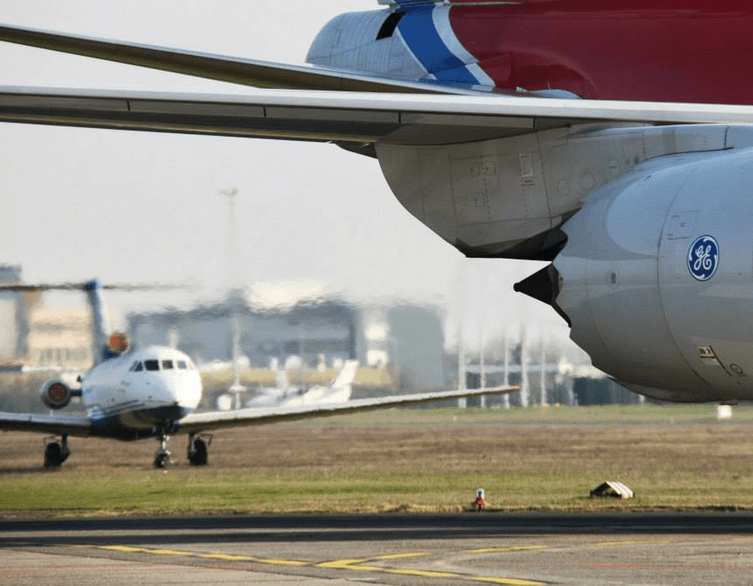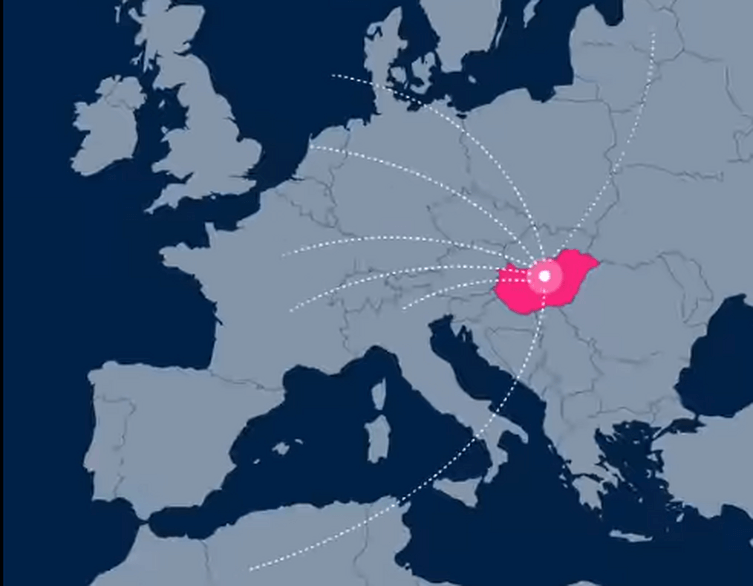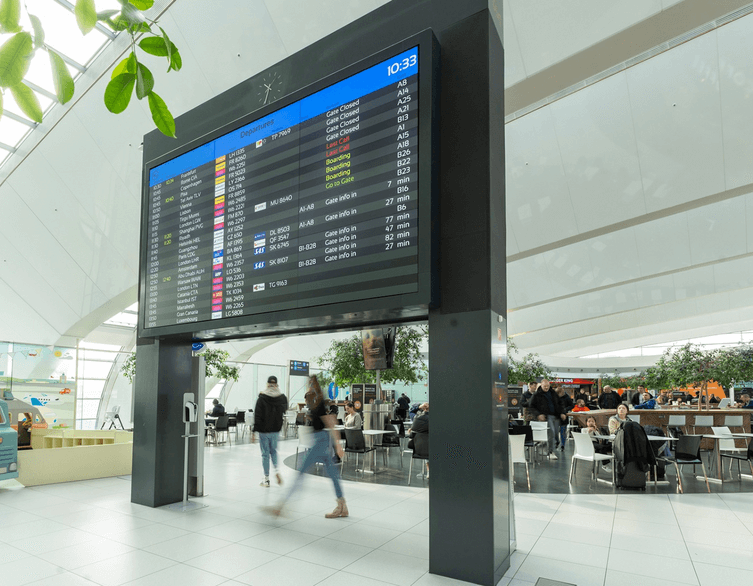Fuel Supply Disruption Hits Budapest Airport: What Travelers Need to Know Through October 31

When you’re planning your trip to Budapest, the last thing you expect to impact your journey is jet fuel. Yet right now, Budapest Airport is navigating a significant challenge that’s quietly reshaping how airlines operate at one of Central Europe’s busiest aviation hubs. If you’re flying through Budapest’s Liszt Ferenc International Airport before the end of October, here’s what’s happening behind the scenes and why it matters for your travel plans.
A Rare Aviation Alert Signals Serious Supply Chain Trouble
On the evening of October 22, Budapest Airport issued something that aviation professionals take very seriously: a NOTAM (Notice to Airmen). These technical bulletins are the aviation world’s way of flagging critical operational changes, and this particular message carried an unusual request. Airlines operating at Budapest were asked to minimize refueling at the airport and instead load extra fuel at their departure points, maintaining this practice through October 31.
The reason? Disruptions in the jet fuel supply chain affecting all fuel service providers at the airport. While this might sound like airline industry jargon, the practical impact is significant. The airport is essentially managing its kerosene reserves carefully to prevent them from dropping below operational minimums, the critical threshold needed to keep flights moving smoothly.
For travelers, the immediate reassurance is important: the airport continues operating without delays or cancellations. Your flight schedule remains intact. However, understanding what’s happening reveals fascinating insights into the complex infrastructure that keeps modern air travel functioning.
The Hidden Lifeline: How Budapest Airport Gets Its Fuel
Most visitors to Budapest never think about where airplane fuel comes from, but the answer reveals a crucial vulnerability. The airport receives its jet fuel through a dedicated pipeline from the MOL refinery in Százhalombatta, located about 30 kilometers south of Budapest. This pipeline represents the most efficient fuel delivery method, capable of moving enormous volumes quickly and reliably under normal circumstances.
Best deals of Budapest
However, recent events at the Százhalombatta refinery have raised questions about whether production or distribution issues are contributing to the current shortage. While Budapest Airport hasn’t explicitly confirmed the connection, the timing is suggestive. When your fuel source is concentrated in one location with one primary delivery method, any disruption creates immediate ripple effects.
The airport does have backup options, primarily rail transport, but these alternatives lack the capacity and flexibility of the pipeline system. This explains why the NOTAM extends through October 31, giving time for either the primary supply chain to stabilize or alternative arrangements to scale up sufficiently.
What This Means for Airlines and the Environment
The fuel optimization strategy sounds simple on paper: planes arrive with more fuel from their origin airports and take only minimal amounts in Budapest. In practice, this creates a cascade of challenges that ultimately affect operational costs and environmental commitments.
Aircraft carrying extra fuel are carrying extra weight, and weight directly translates to fuel consumption. This means planes burn more fuel to transport the fuel they’re carrying, creating a costly and environmentally problematic cycle. Airlines face increased operational expenses at a time when the industry is working to reduce carbon emissions and improve efficiency.
For low-cost carriers operating on thin profit margins, these additional costs are particularly challenging. Airlines must recalculate weight distributions, adjust flight plans, and potentially modify routes or passenger loads to accommodate the extra fuel weight. It’s a complex logistical puzzle that extends far beyond Budapest, affecting flight planning across European networks.
Record Growth Meets Infrastructure Reality
The timing of this fuel shortage carries particular irony. Budapest Airport recently celebrated record-breaking passenger numbers, with the first half of the year bringing nine million travelers through the terminal, representing 15 percent growth compared to the previous year. Cargo operations grew even more dramatically, posting a 40 percent increase in tonnage.
June alone saw 1.7 million passengers pass through the airport, numbers that approach what the entire facility handled annually just a decade ago. This explosive growth reflects Budapest’s rising status as a Central European hub, drawing tourists to Hungary’s capital while serving as a connection point for travelers throughout the region.
Yet this success story now confronts a sobering reality: infrastructure and supply chains built for yesterday’s traffic levels struggle to serve tomorrow’s demand. The fuel shortage during peak operational periods reveals that the airport’s physical capacity to handle aircraft is outpacing its ability to service them efficiently. Growth without corresponding investment in supply chain resilience creates precisely these kinds of bottlenecks.
A Temporary Fix or a Warning Sign?
Budapest Airport’s response demonstrates professional crisis management. By issuing the NOTAM and coordinating with airlines proactively, they’re preventing a potential operational crisis from disrupting passenger travel. The fact that flights continue without delays or cancellations shows this strategy is working in the short term.
However, the incident raises larger questions about long-term planning. If a single disruption in the supply chain can necessitate emergency measures lasting over a week, what happens when demand continues growing? The airport needs diversified fuel sources and delivery methods to match its ambitious expansion plans.
Aviation experts note that similar situations occurred in July when pipeline maintenance required temporary alternative arrangements. The frequency of these events suggests that the current fuel infrastructure operates near its capacity limits, leaving little margin for unexpected problems.
What Travelers Should Watch For
If you’re flying through Budapest before October 31, your travel experience should remain unchanged. Airlines and airport operations teams are handling the logistics behind the scenes. Your departure time, arrival time, and overall journey shouldn’t be affected by these fuel management strategies.
However, environmentally conscious travelers might want to be aware that flights departing from Budapest during this period are operating slightly less efficiently than normal due to the extra fuel weight. This is a temporary situation, but it illustrates how supply chain disruptions can have unexpected environmental impacts even when they don’t affect schedules.
Looking ahead, Budapest Airport’s ability to resolve this situation and implement stronger safeguards will determine whether such disruptions become routine growing pains or remain rare exceptions. For a city that’s become one of Europe’s hottest travel destinations, maintaining reliable aviation infrastructure isn’t just about convenience, it’s essential to the region’s economic vitality.
The current fuel optimization measures represent both a success story in crisis management and a clear signal that infrastructure development must keep pace with the impressive growth of Hungarian aviation. As Budapest continues welcoming record numbers of international visitors, the lessons learned from this October’s challenges will hopefully strengthen the systems that connect this beautiful city to the world.
Related news

























